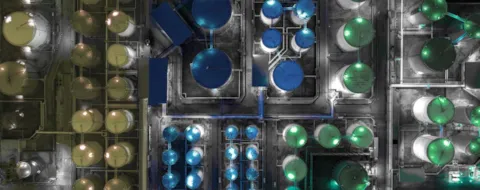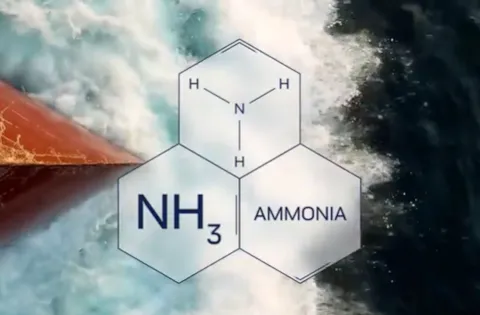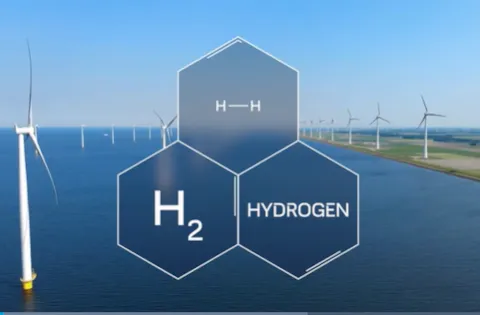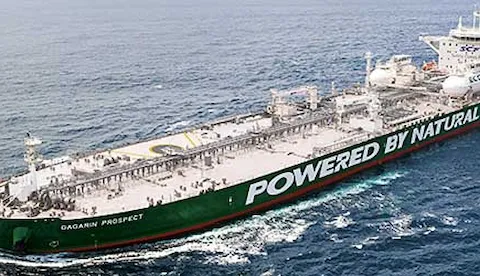FUTURE FUELS
To fulfil the IMO goals and take the maritime industry to zero-emissions, we need a new generation of fuels. Fuels that result in vessels producing very low or no GHG emissions from well to wake.
In general, this means moving from fossil to non-fossil fuels, produced with renewable or zero carbon energy sources. These fall into roughly three broad categories:
- ‘Blue’ fuels from reformed natural gas with CCS.
- Biofuels from sustainable bioenergy sources (Bio-gas, bio-diesel)
- Electrofuels from renewable electricity, with non-fossil carbon, or nitrogen (SNG, e-ammonia, e-methanol)
The future fuel supply for shipping will rely on availability and price of these energy sources
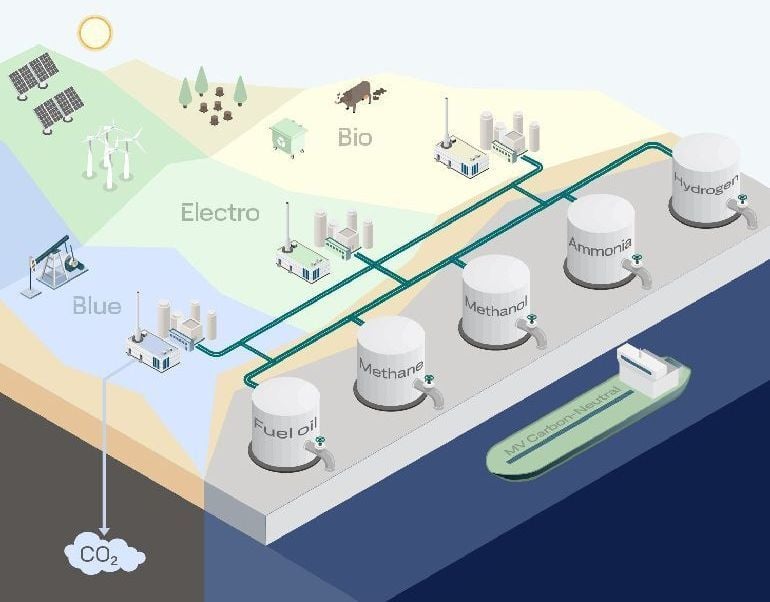
Some of these types of fuels, biogas for example, are already in use, for others primarily non-zero carbon options are in testing or soon to be operational in demonstration projects. The world’s first liquid hydrogen-powered ferry has been delivered.
Significant investment is needed in coming decades to enable the transition to carbon-neutral shipping.
Current IMO regulations only address onboard tank-to-propeller CO2 emissions from fossil fuels. However, the IMO is working on guidelines to determine lifecycle CO2 and GHG emission factors for all types of fuels, including biofuels and electrofuels.
The transition from fossil fuels to carbon-neutral fuels, will have to coincide with a corresponding development in onboard fuel technology, while onboard CCS technology enabling continued use of fossil fuels may become an alternative for some ships.
Figure: Estimated maturation timelines for energy converters, onboard CCS technologies, and corresponding safety regulations for onboard use.
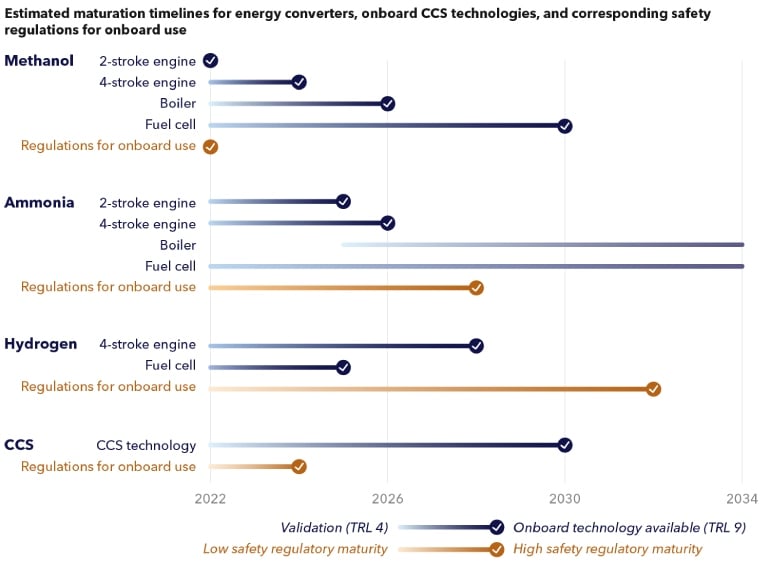
The timeline is our best estimate for when the onboard engine and fuel systems can be expected to be available for use on board (actual availability of fuel is not included as a limitation in the shown timeline).
First demonstration projects (red colour): The technology is ready for demonstration on the ship, and the primary intention will be further development and maturation. Typically, a risk-based approach will address regulatory and safety challenges for the installations. This could require an extensive and costly process of design, approval, and bringing the technology on board.
